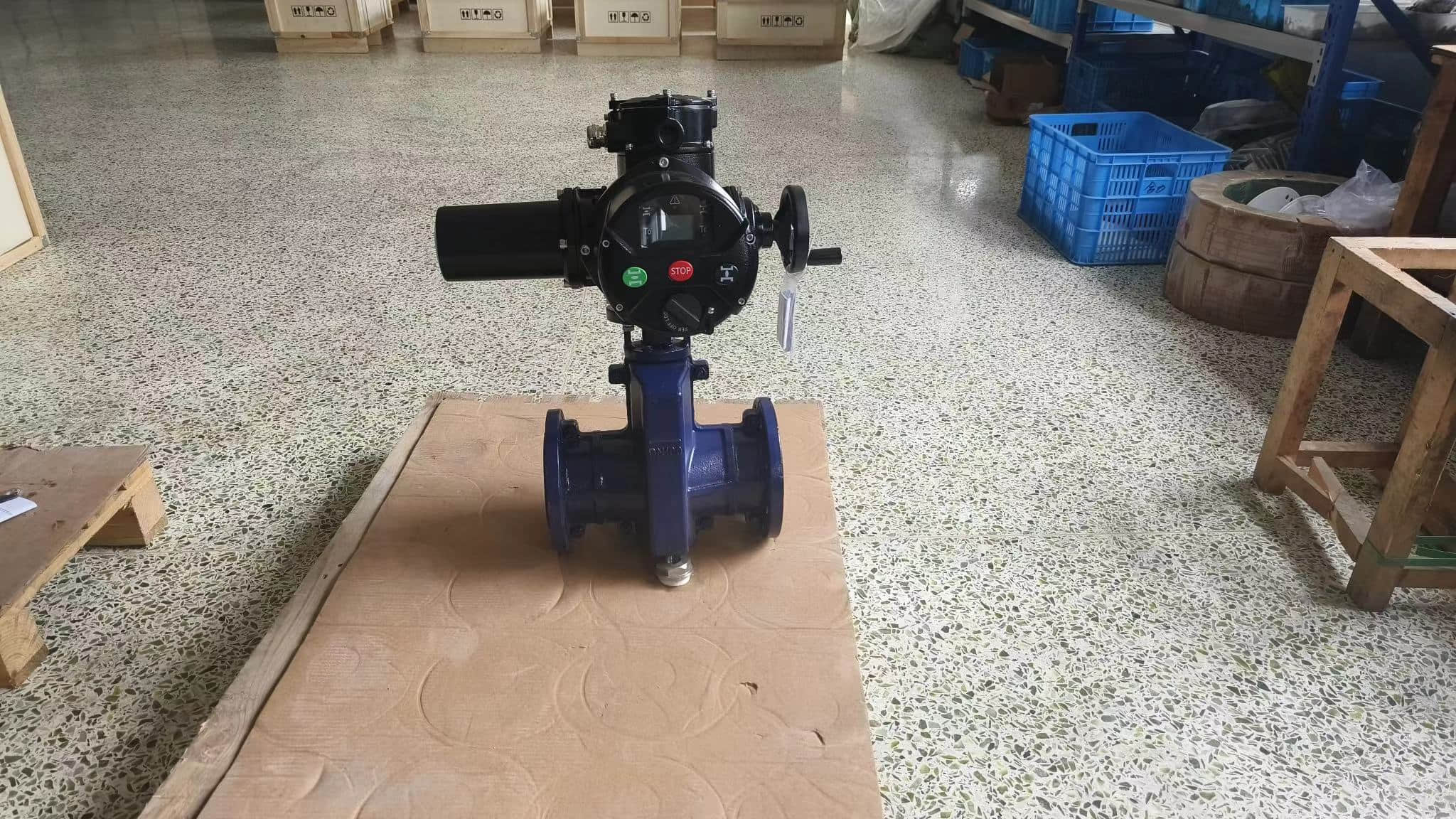understanding the electric pinch valve: a comprehensive overview
Release time:2024-09-13 01:52:55
The electric pinch valve is a crucial component in modern fluid control systems, offering a versatile solution for managing the flow of various liquids and gases. This type of valve stands out due to its unique mechanism and applications, making it a preferred choice in several industries. Let’s delve into its functionality, advantages, and common uses.

Functionality and Design At its core, an electric pinch valve operates by pinching a flexible tube or liner to control the flow of substances through it. The valve consists of a robust housing, a pinch mechanism, and an electric actuator. The electric actuator, which is controlled by an electrical signal, tightens or releases the pinch on the tube, thereby regulating the flow rate. This design allows for precise control over fluid flow without direct contact with the fluid, minimizing contamination and wear.
Advantages of Electric Pinch Valves
One of the ultimate advantages of electric pinch valves is their simplicity in design. Unlike traditional valves that have moving parts in contact with the fluid, pinch valves use a pinch mechanism that reduces the risk of clogging and maintenance issues. The absence of complex internal components also makes these valves highly reliable and durable.

